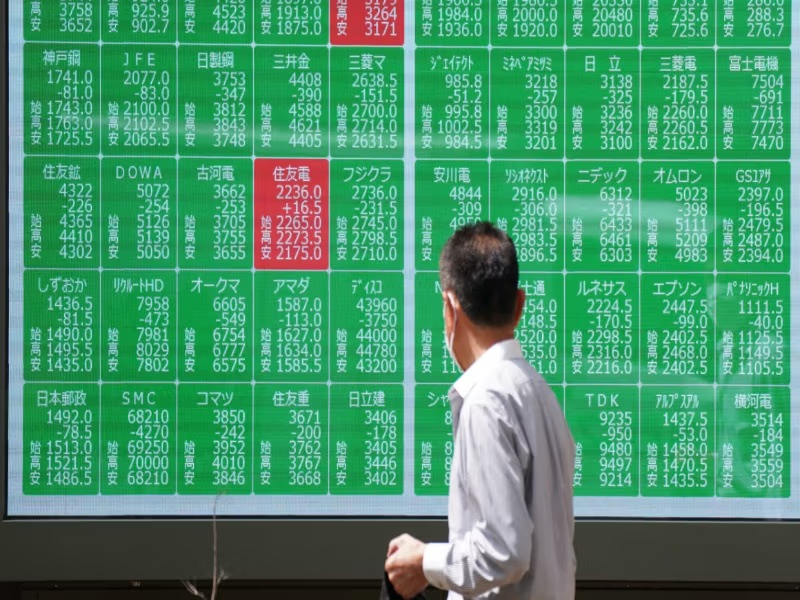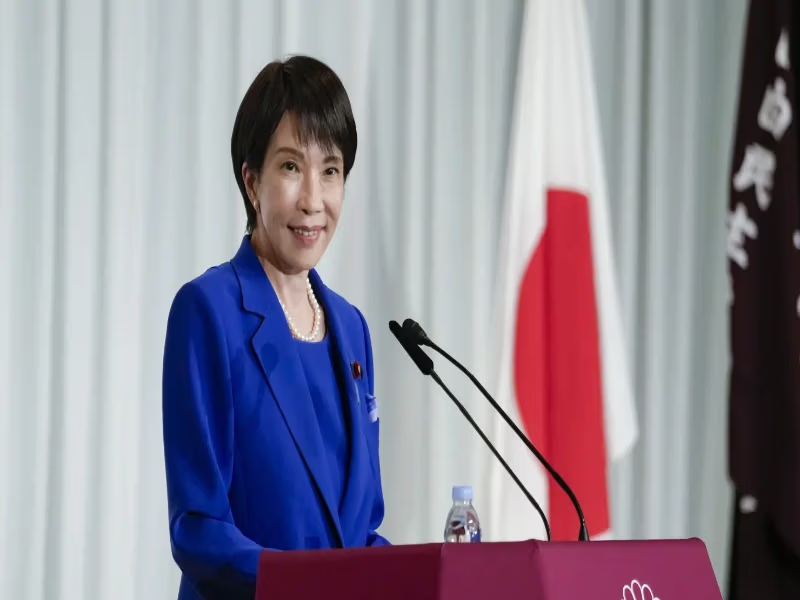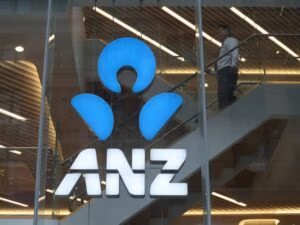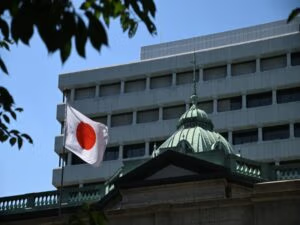The Nikkei 225 index of Japan also shot to a high of 4 percent to mark a record peak on Monday after the ruling Liberal Democratic Party in Japan elected hard-liner Sanae Takaichi as its new leader on Saturday, becoming the first woman in the country to be elected as prime minister.
The initial wave was driven by gains in real estate, technology, and consumer cyclical stocks. Yaskawa Electric Corp rose more than 20 percent, and Japan Steel Works gained 14 percent. Kawasaki Heavy Industries and Mitsubishi Heavy Industries contributed 12 percent and 13 percent, respectively.
Taking into consideration the economic policy of the government, a “high-pressure economy,” Takaichi is expected to request the Bank of Japan to keep the accommodative monetary policy, wrote a note by Crédit Agricole CIB over the weekend after the results, and added that she would be comfortable with a 25-basis-point rate increase by the BOJ before January 2026.
“A Takaichi administration, recognising that the current economy is still weak, is expected to completely shift policy direction to a new approach (complete overhaul) that seeks to expand investment and demand through public-private partnerships,” CA-CIB’s note indicated.
Equally, Topix increased by up to 3 percent to record an all-time high.

The yen lost more than 1.72 per cent. to reach the psychological level of 150 against the greenback briefly before falling to 149.97 per dollar.
The most recent instance of the yen falling to the 150-level was in August, and this has been of concern to the finance minister of Japan, Katsunobu Kato, as suggested by LSEG data.
The yen momentarily fell below the 151 level against the dollar in October 2022, triggering an intervention by the Ministry of Finance of the country.
Deutsche Bank penned in its post on Monday that “Our base case is for near-term losses in the JPY towards 150 as the market adjusts to the surprise, but not material weakness beyond.”
Although the chances of an increase by the Bank of Japan in October are expected to decline, the market has been pricing the terminal rate at approximately 1 percent, and this could still be attained under the leadership of Takaichi.
According to the analysts, “A weak yen has been contributing to domestic concerns from overtourism to property prices, so further weakness from already depressed levels could be unwelcome even for the government.”
Japanese bond yields climbed, with the 30-year up over 10 basis points to 3.263 percent, the 20-year rising over six points to 2.674 percent, and the 10-year stable at 1.659 percent.
Australia’s ASX/S&P 200 surged up to 0.19 percent.
The Hang Seng Index of Hong Kong dropped by 0.22 percent, and the Hang Seng Tech Index dropped by 0.66 percent. Meanwhile, the Chinese and South Korean markets remain closed on holiday.
The three major US indexes closed higher last Friday. The S&P 500 rose 0.01 percent to 6,715.79, despite a brief pullback as the government shutdown entered its third day.
The Nasdaq Composite fell 0.28 percent, to close at 22,780.51. The Dow Jones Industrial Average was up, gaining 238.56 points, or 0.51 percent, to close at 46,758.28. Russell 2000 also dropped 0.72 percent to finish at 2,476.18.






